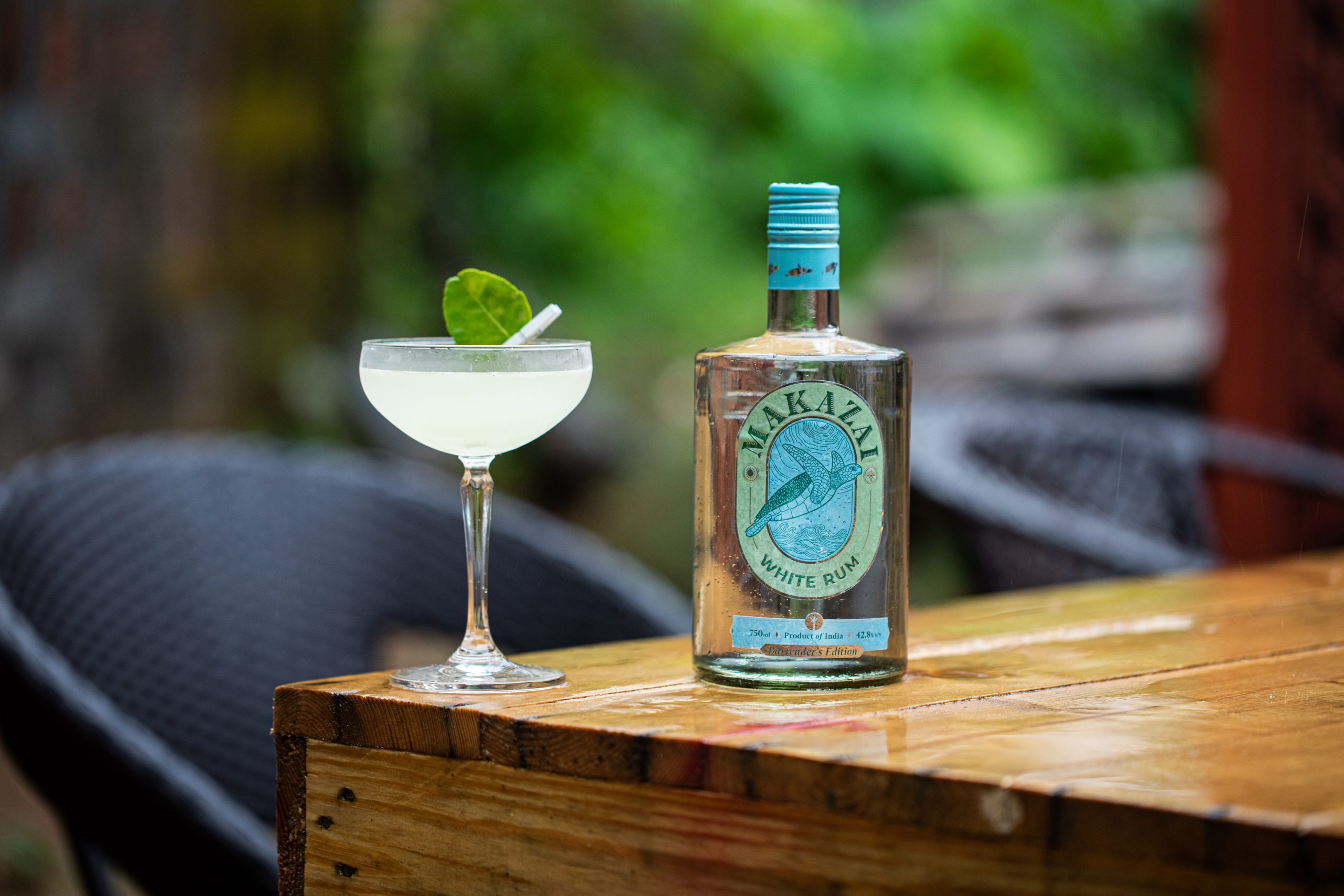The allure of crafting homemade alcoholic beverages, often referred to as DIY alcohol, is growing among enthusiasts seeking unique flavors and experiences. However, behind the excitement lies a dangerous reality. Many homemade alcohol recipes can be hazardous, posing significant risks to health and safety. In this blog, we will explore the dangers associated with DIY alcohol, including its health implications, the potential for addiction, and essential safety precautions to consider.
1. Understanding DIY Alcohol
- What is DIY Alcohol?: DIY alcohol refers to homemade beverages made through fermentation or distillation. Common examples include homemade wines, beers, and spirits.
- Popular Ingredients: These recipes often use readily available ingredients, such as fruits, grains, and sugars, which can lead to varying alcohol content and safety issues.
2. Health Risks Associated with Homemade Alcohol
Homemade alcohol poses numerous health risks that consumers may not be aware of:
- Toxic Ingredients: Improperly made alcohol can contain harmful substances like methanol, which can cause blindness or death.
- Lack of Quality Control: Unlike commercially produced alcohol, homemade versions lack regulatory oversight, increasing the risk of contamination and unsafe practices.
Unpredictable Potency: Homemade alcohol can have varying alcohol concentrations, making it challenging to assess safe consumption levels.
3. Alcohol Poisoning and Its Consequences
One of the most severe risks of consuming homemade alcohol is alcohol poisoning:
- Symptoms of Alcohol Poisoning: Symptoms include confusion, vomiting, seizures, slow breathing, and unconsciousness, which can be life-threatening.
- Immediate Action Required: Recognizing the signs and getting immediate medical help can be crucial in preventing fatalities.
4. Addiction and Dependency Issues
Homemade alcohol can lead to addiction, often unnoticed due to its accessibility:
- Signs of Alcohol Dependency: Recognizing signs like cravings, tolerance, and withdrawal symptoms is essential for early intervention.
- The Cycle of Addiction: The ease of producing DIY alcohol can lead to increased consumption, fostering dependency and affecting personal relationships.
5. Legal and Safety Considerations
Crafting and consuming DIY alcohol can have legal implications:
- Local Laws and Regulations: Many regions have strict laws regarding the production of alcohol. Understanding these laws is crucial to avoid legal issues.
- Safety Precautions: Ensuring a clean workspace, using safe ingredients, and avoiding the use of toxic materials can mitigate risks. Always research proper fermentation and distillation methods to ensure safety.
6. Making Informed Choices
To enjoy alcohol safely, it’s essential to make informed choices:
- Educate Yourself: Research the effects of homemade alcohol and understand the risks associated with its production and consumption.
- Opt for Commercial Alternatives: When possible, choose commercially produced alcohol that adheres to safety and quality standards.
- Seek Professional Help: If you or someone you know struggles with alcohol use, consider seeking help from professionals or support groups.
Conclusion
While DIY alcohol can seem appealing, it carries significant health risks and potential legal consequences. By understanding the dangers associated with homemade recipes, individuals can make informed decisions about their alcohol consumption. Prioritizing safety and responsibility can help mitigate the dark side of DIY alcohol and ensure a healthier approach to enjoying beverages.



























Leave a Reply